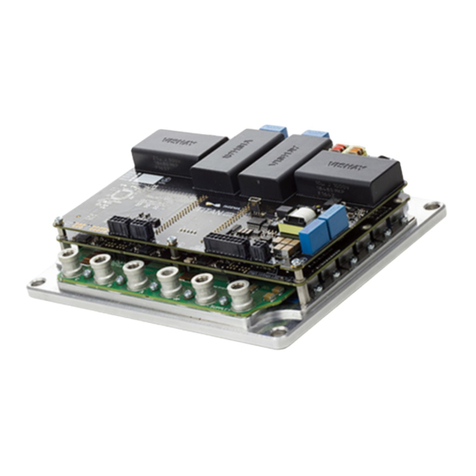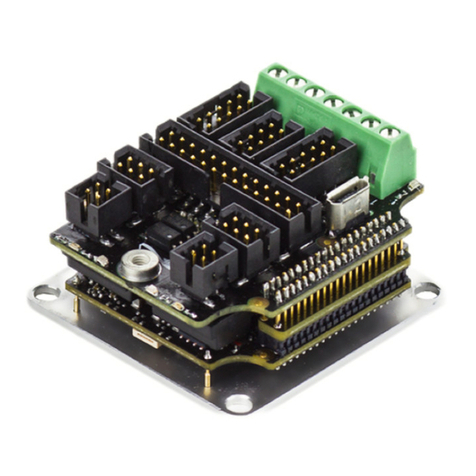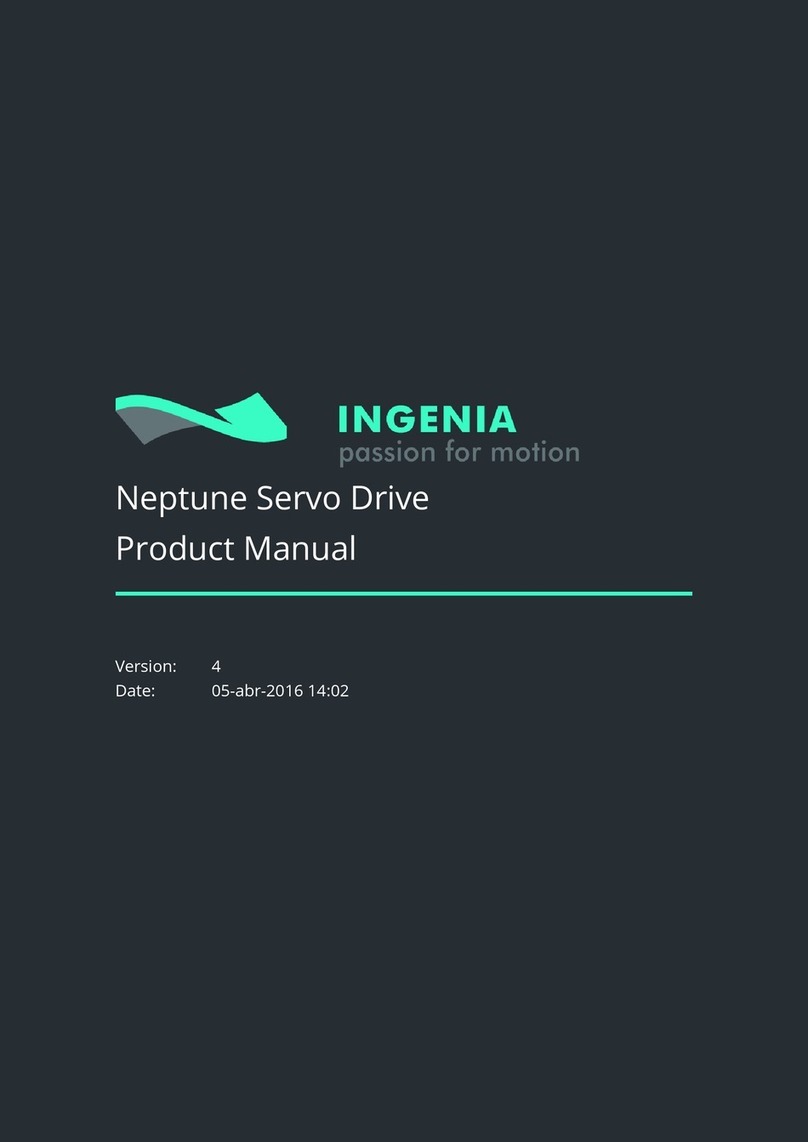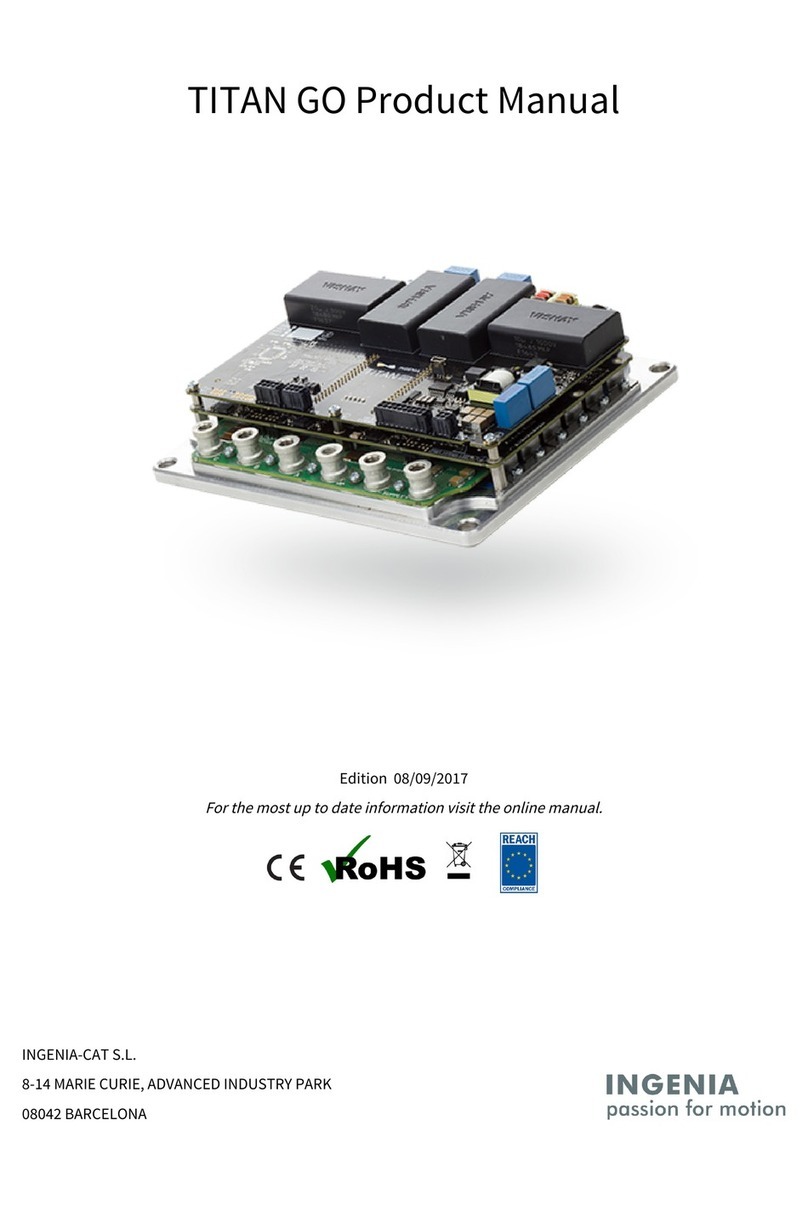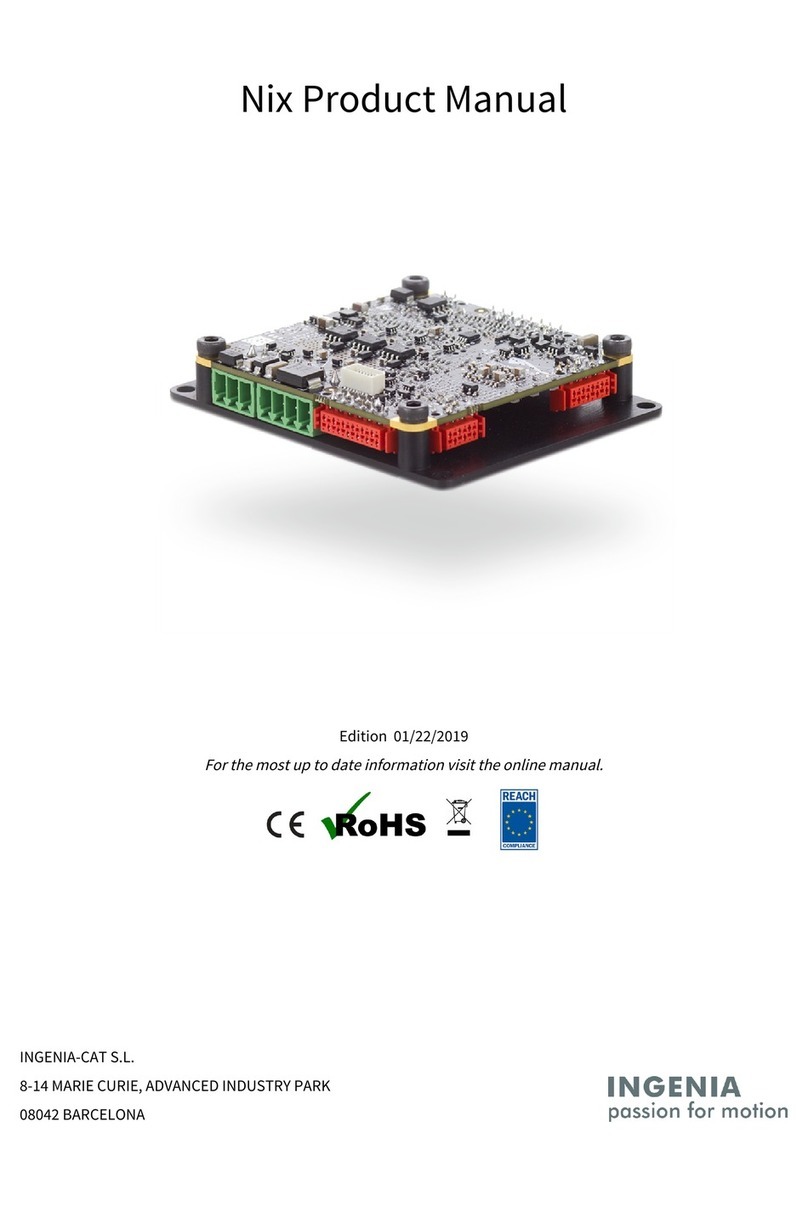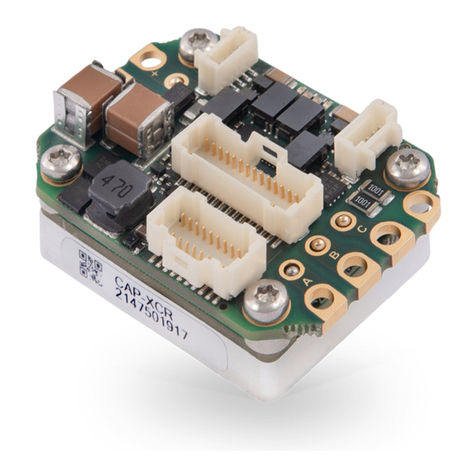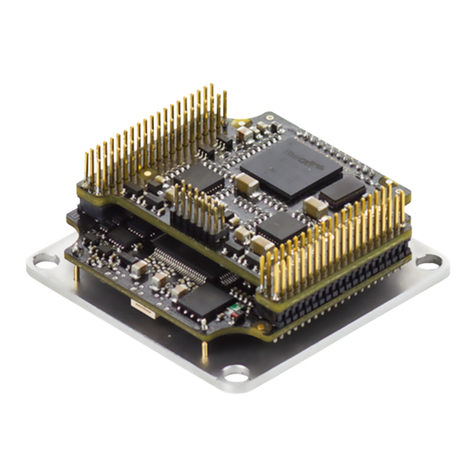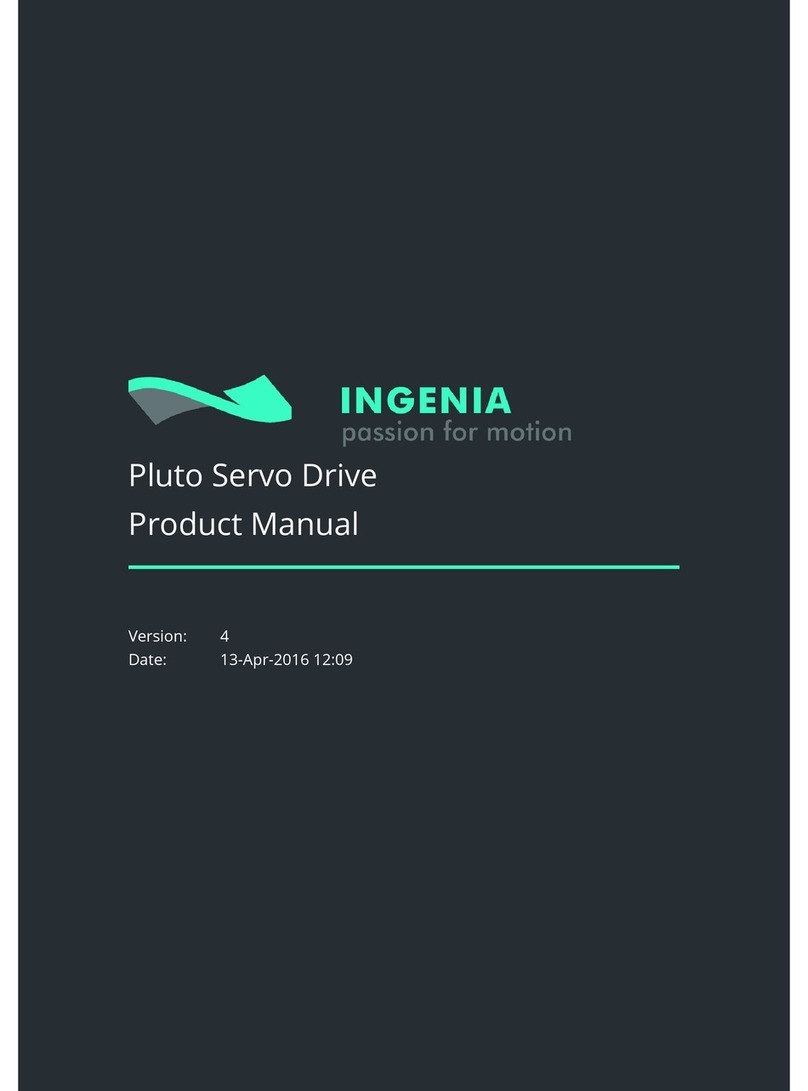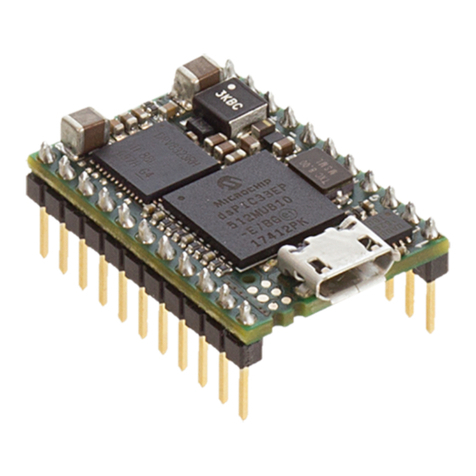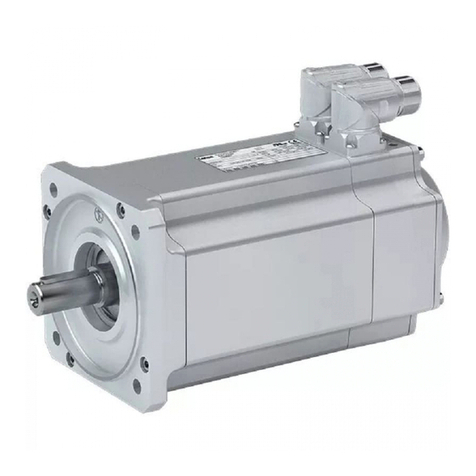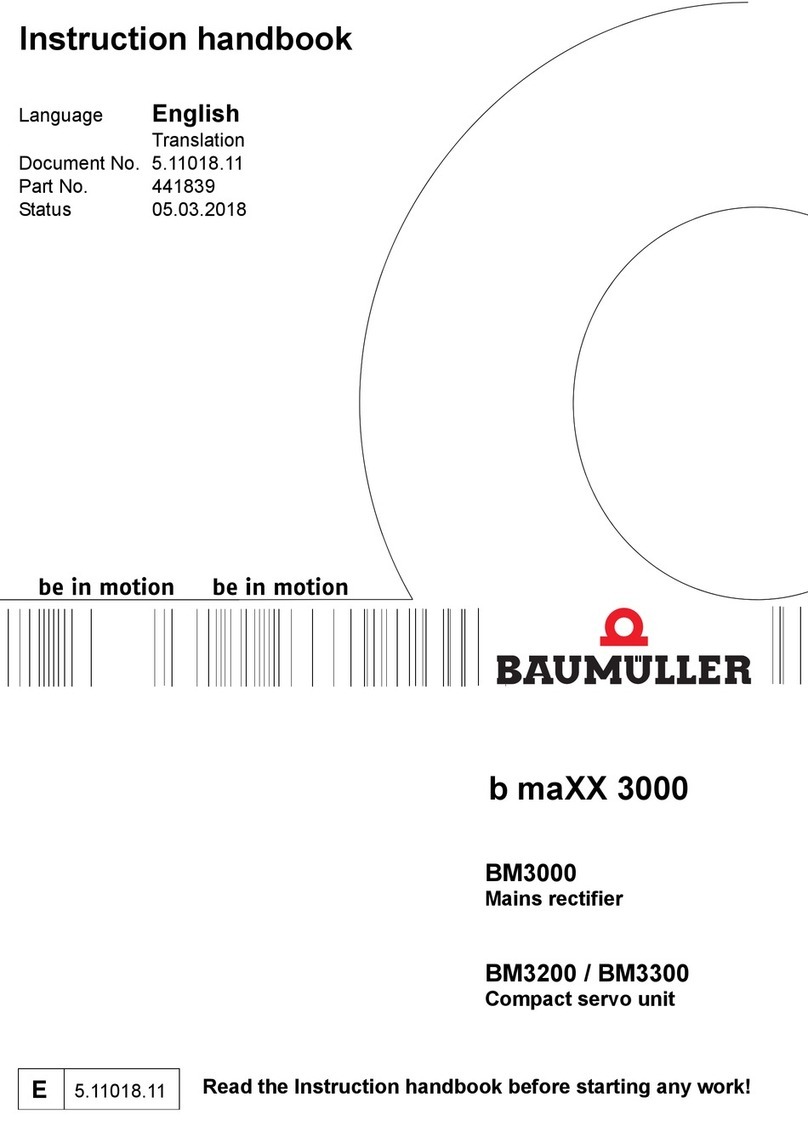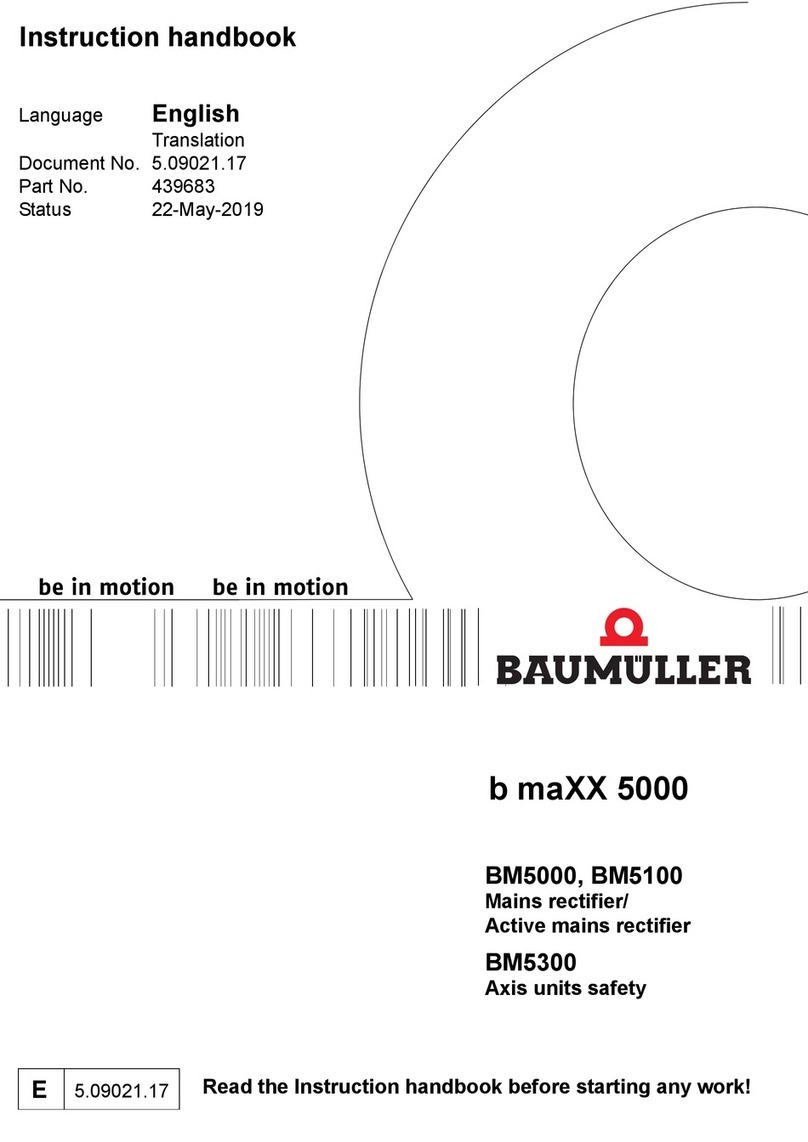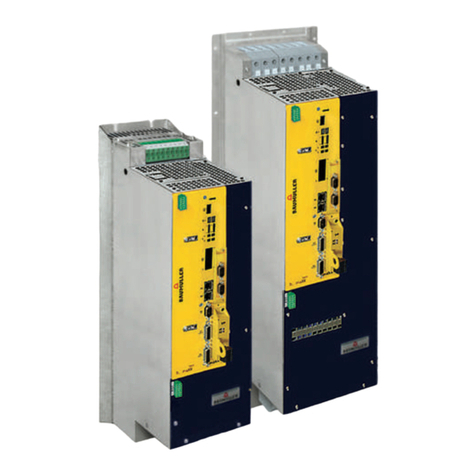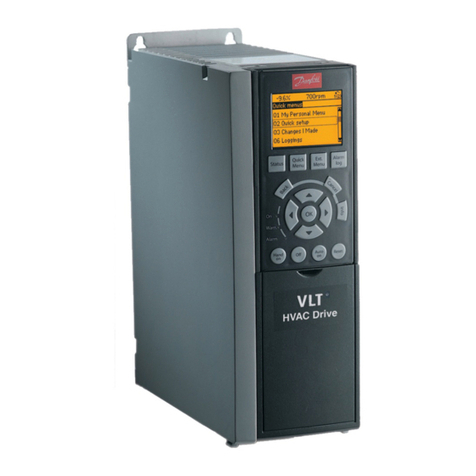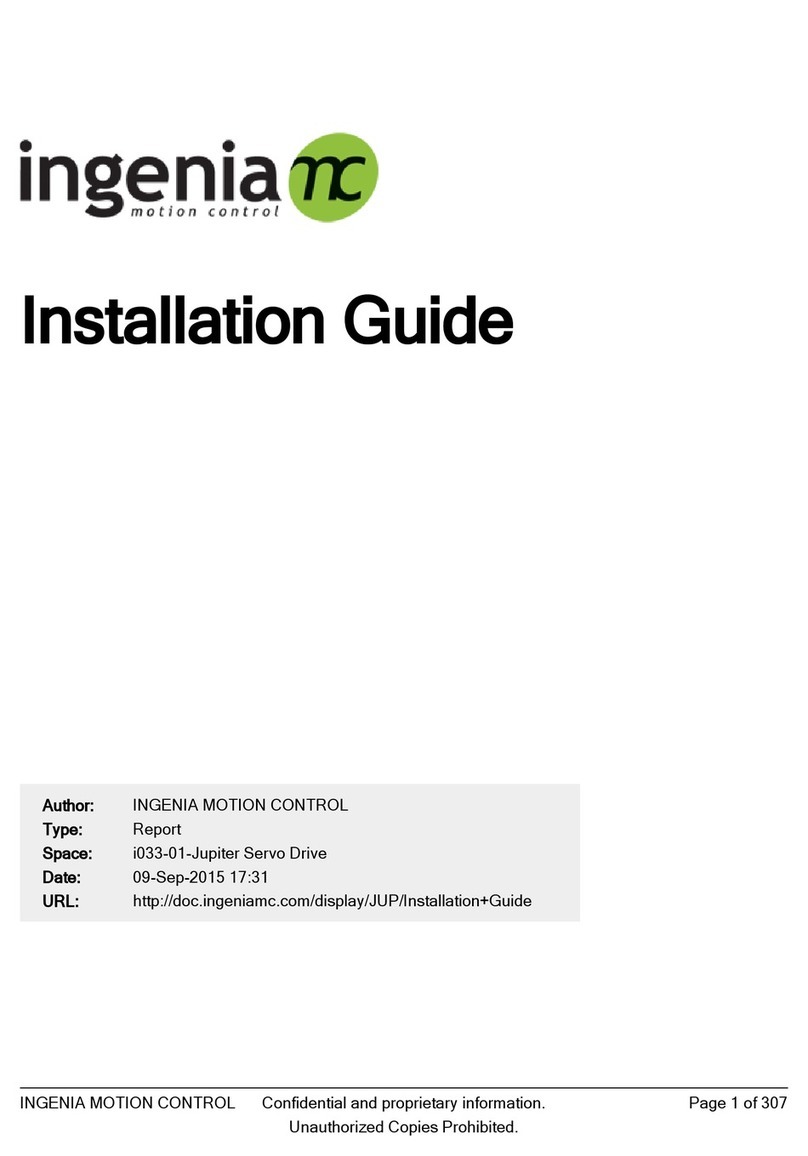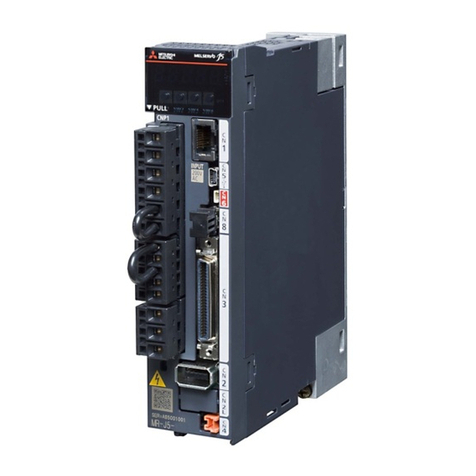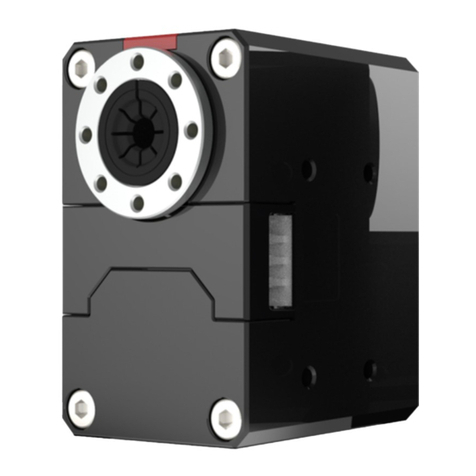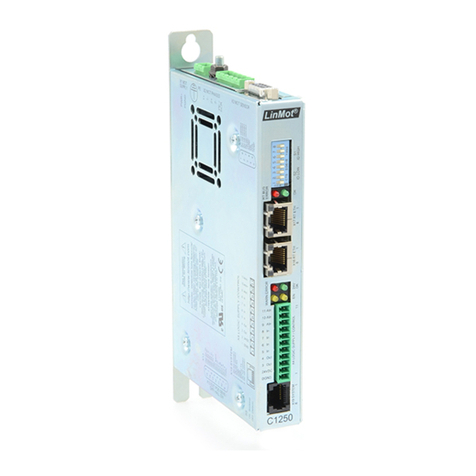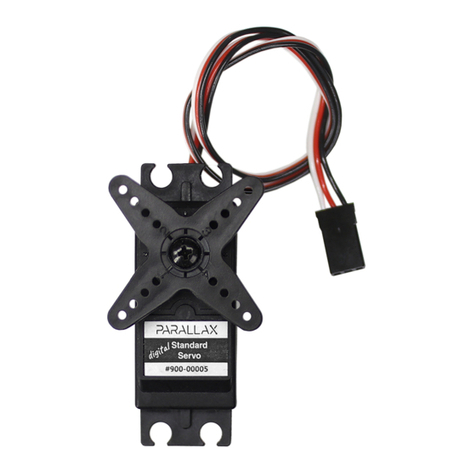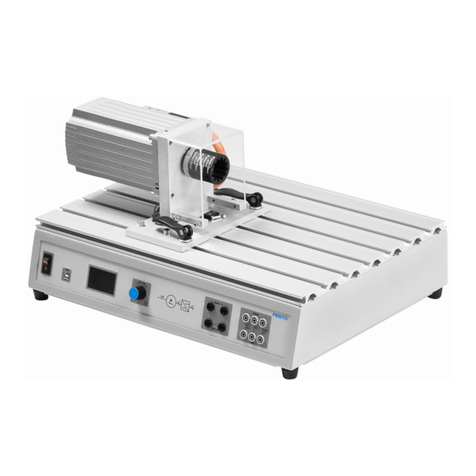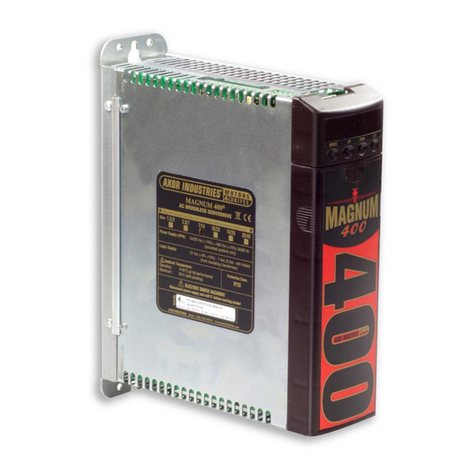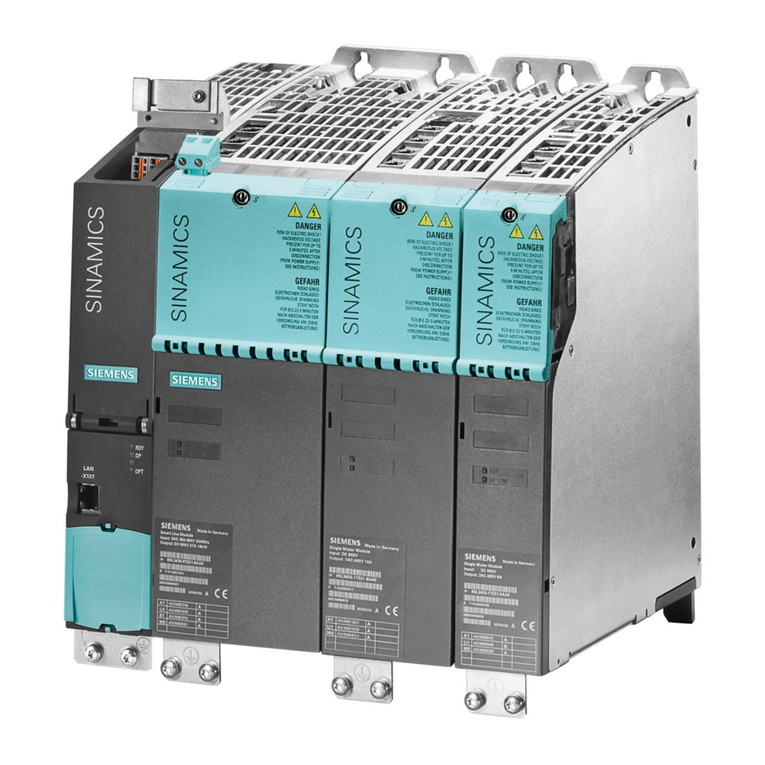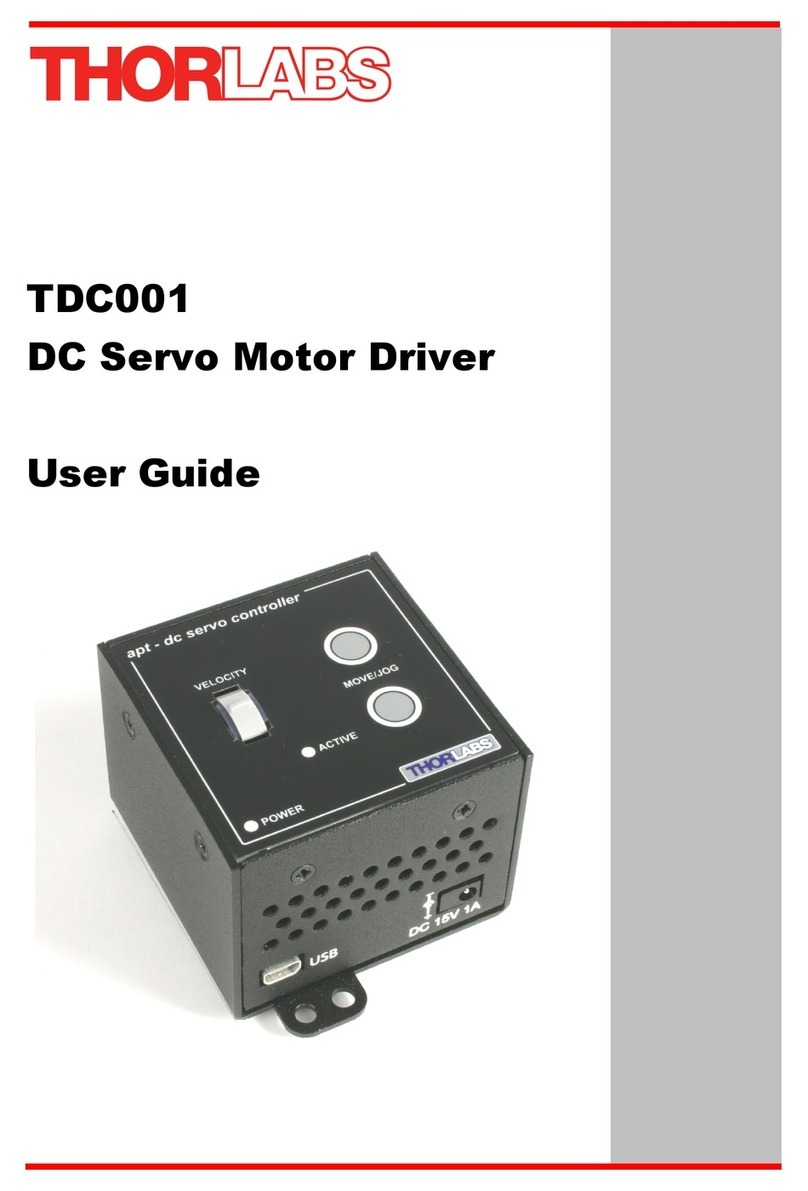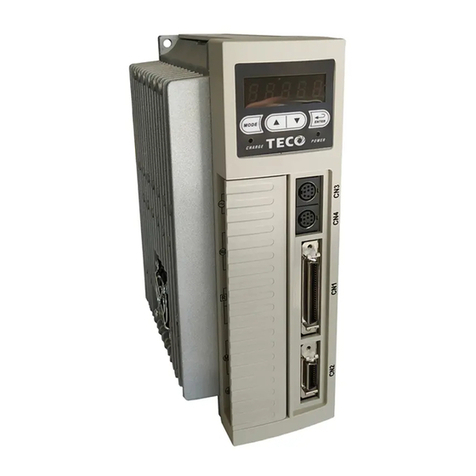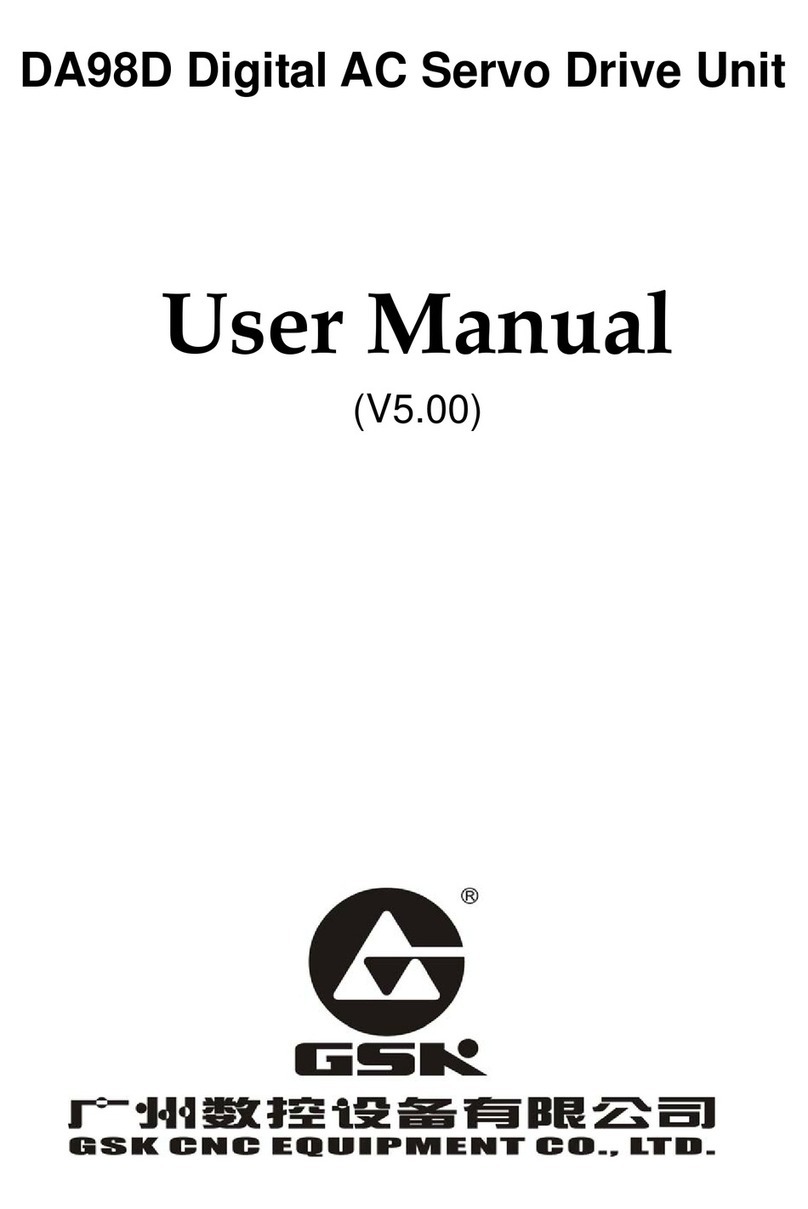1. Table of Contents
1. Table of Contents 2
2. General Information 4
2.1. Manual revision history.......................................................................................................................................... 4
2.2. Disclaimers and limitations of liability ................................................................................................................. 4
2.3. Contact ................................................................................................................................................................... 4
3. Safety Information 5
3.1. For your safety........................................................................................................................................................ 5
3.2. Warnings................................................................................................................................................................. 5
3.3. Precautions ............................................................................................................................................................ 5
3.4. Pour votre sécurité................................................................................................................................................. 5
3.4.1. Avertissements....................................................................................................................................................... 6
3.4.2. Précautions ............................................................................................................................................................ 6
4. Product Description 7
4.1. Part numbering ...................................................................................................................................................... 7
4.2. Specifications......................................................................................................................................................... 8
4.2.1. Electrical and Power Specifications......................................................................................................................8
4.2.2. Motion Control Specifications............................................................................................................................... 9
4.2.3. Inputs/Outputs and Protections ......................................................................................................................... 10
4.2.4. Communication for Operation ............................................................................................................................11
4.2.5. Environmental Specifications ............................................................................................................................. 11
4.2.6. Reliability Specifications ..................................................................................................................................... 12
4.2.7. Mechanical Specifications ................................................................................................................................... 12
4.2.8. Compliance .......................................................................................................................................................... 13
4.3. Thermal and Power Specifications .....................................................................................................................14
4.3.1. Standby power consumption.............................................................................................................................. 14
4.3.2. Thermal model..................................................................................................................................................... 14
4.3.3. Current derating................................................................................................................................................... 15
4.3.4. Heat dissipation and heatsink calculation .........................................................................................................15
4.3.5. Energy efficiency .................................................................................................................................................. 17
5. Pinout 18
5.1. Connectors Overview........................................................................................................................................... 18
5.2. P1 and P2 Power pins .......................................................................................................................................... 18
5.3. P3 Feedback connector .......................................................................................................................................20
5.4. P4 Everest CORE Interface connector ................................................................................................................. 24
6. Safe Torque Off (STO) 29
6.1. Safety Function Specifications............................................................................................................................ 29
6.2. Integration Requirements ................................................................................................................................... 30
6.3. STO External Diagnostic Test .............................................................................................................................. 33
